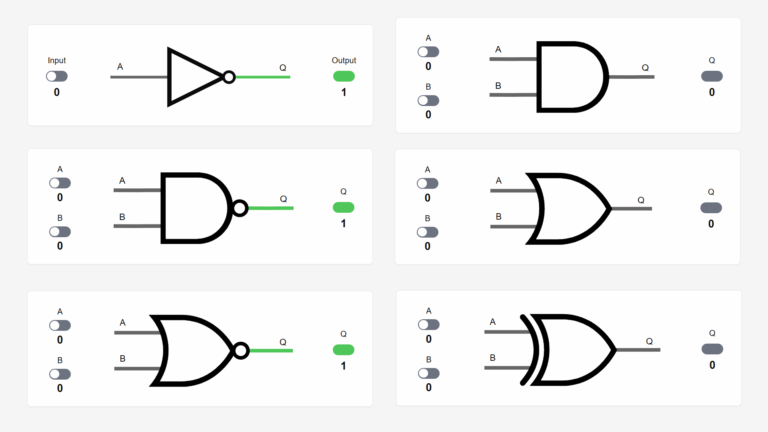I’m from Norway, but I live in Bangkok, Thailand. Before I started VHDLwhiz, I worked as an FPGA engineer in the defense industry. I earned my master’s degree in informatics at the University of Oslo.

Test your coding skills with this VHDL quiz after completing tutorials 6-11 from the Basic VHDL Tutorial series!

Put your skills to the test with this quiz with questions from the first part of the Basic VHDL Tutorial series.

The basic logic gates NOT, AND, NAND, OR, NOR, XOR, and XNOR are fundamental building blocks in digital circuits corresponding to Boolean operators.
Play with the switches to see how the outputs change! 😀

Test your progress with this VHDL quiz after completing tutorials 12-17 from the Basic VHDL Tutorial series!

Test your progress with this VHDL quiz after completing part 4 of the Basic VHDL Tutorial series!
very good